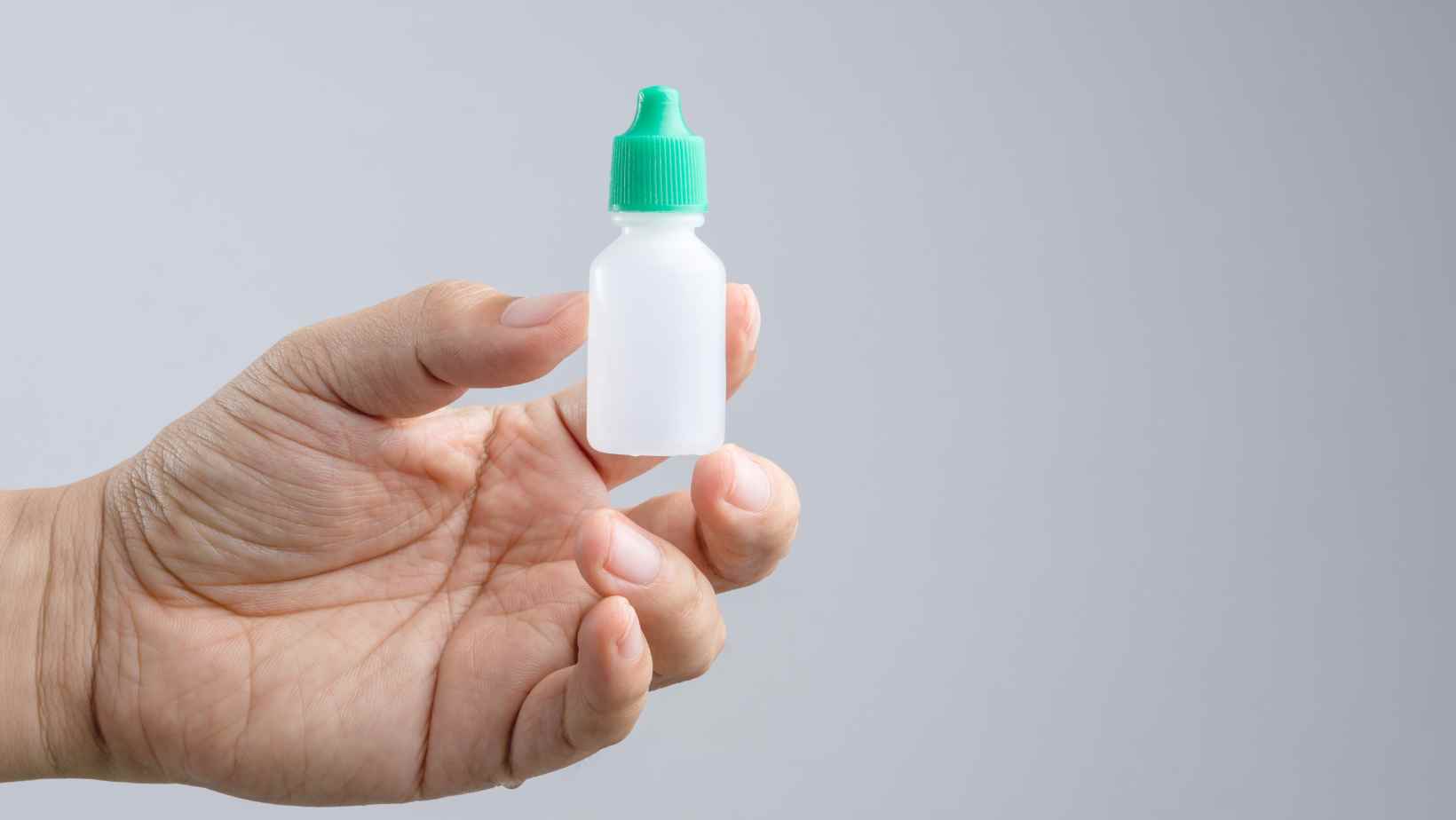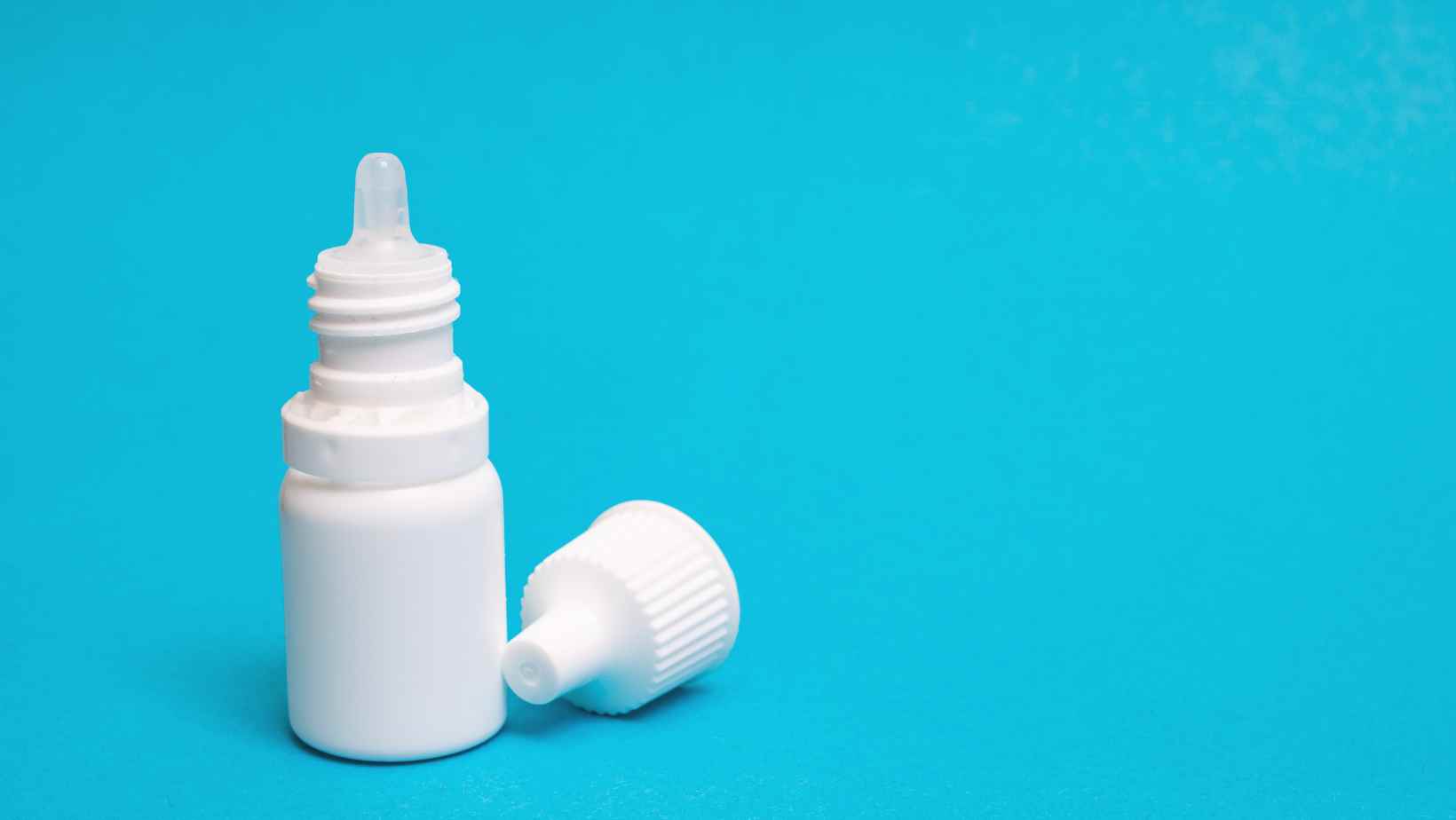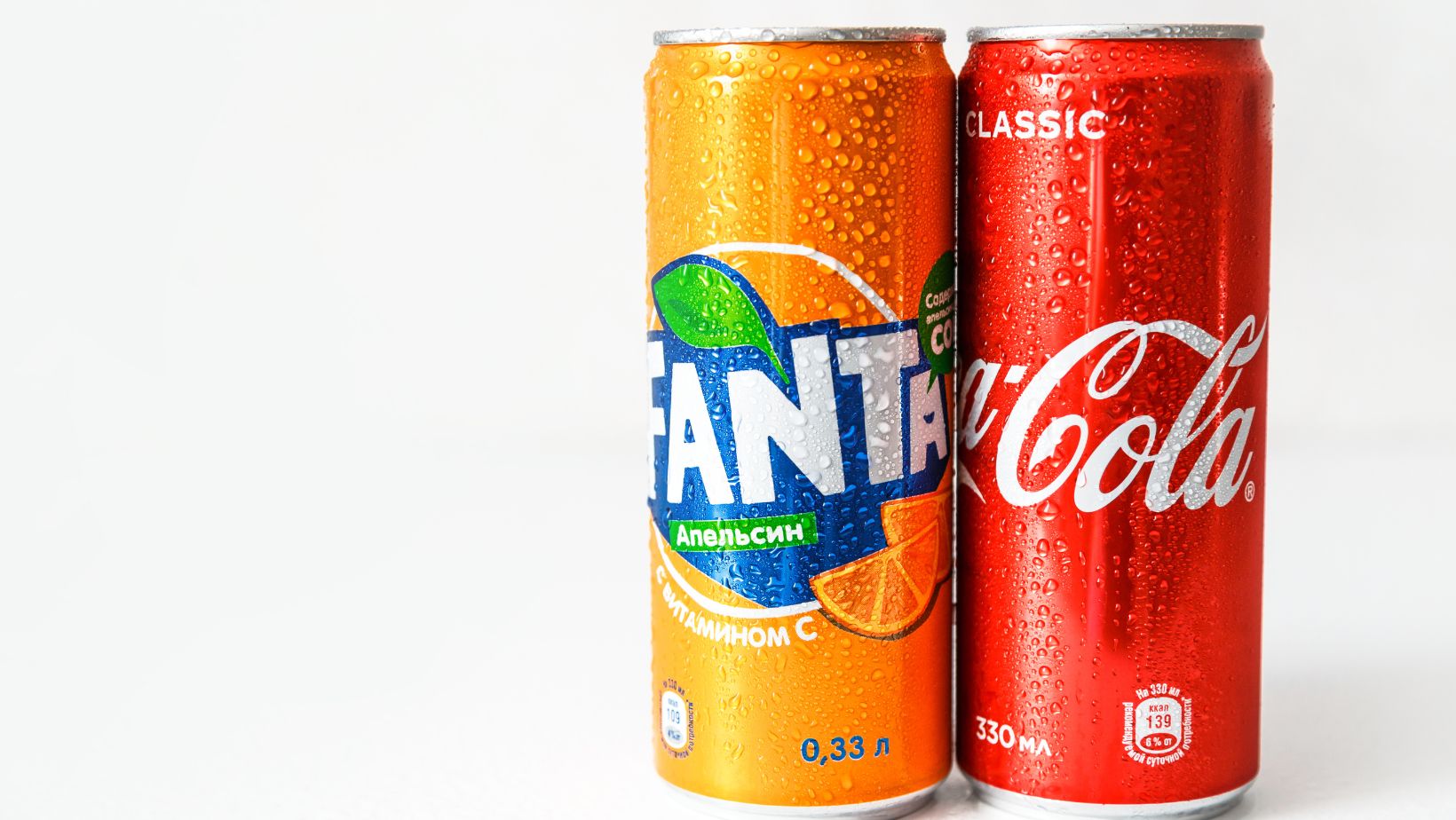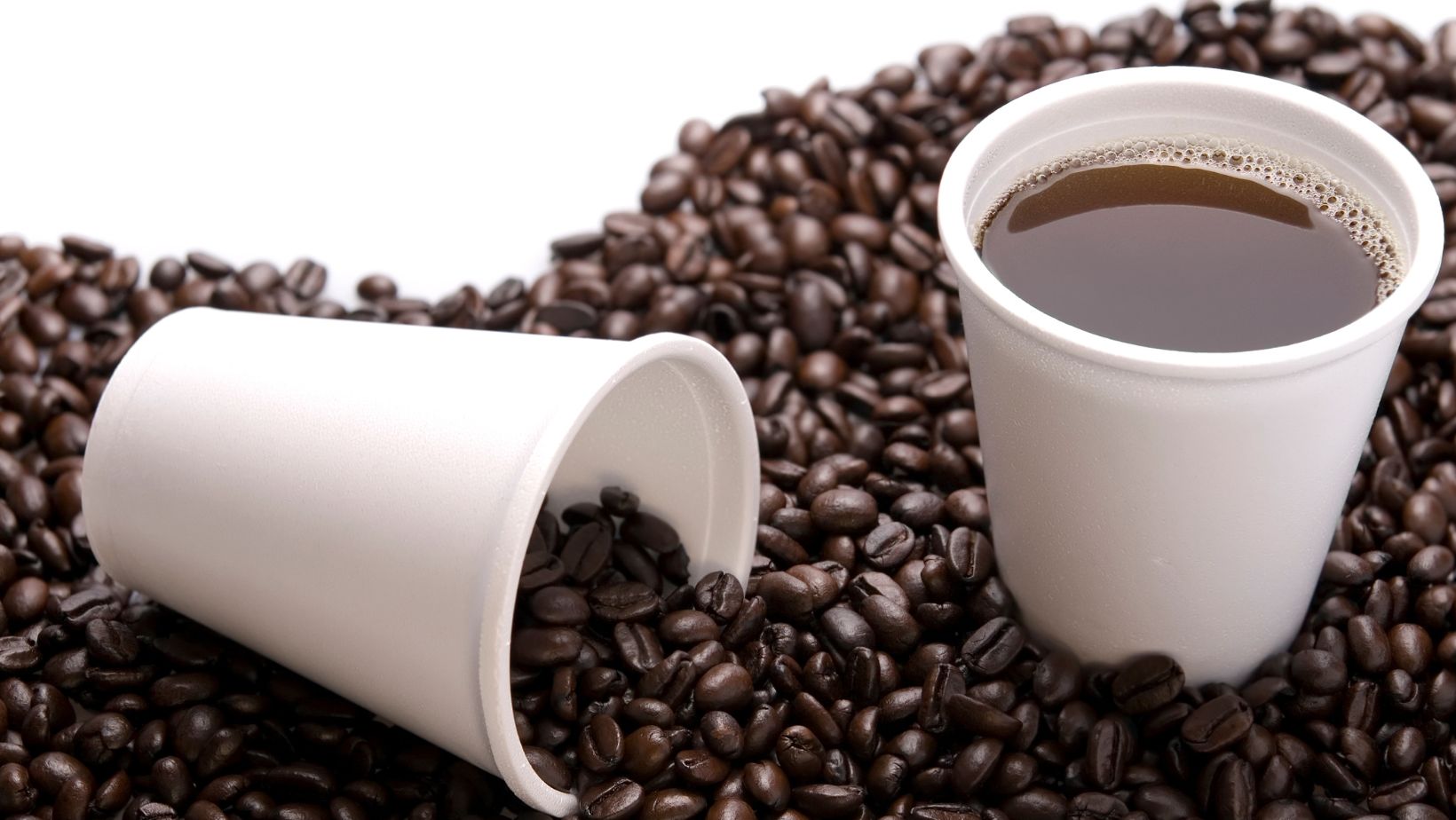How Many Eye Drops in a 10 Ml Bottle: A Step By Step Explanation

Have you ever wondered how many eye drops are in a 10 ml bottle? It’s a common question for those who rely on eye drops for their daily eye care routine. Whether you’re using them for dryness, allergies, or any other eye-related issues, knowing the number of drops in a bottle can help you plan your usage and ensure you have an adequate supply.
The answer to this question may vary depending on the size of the drop and the manufacturer’s guidelines. However, as a general rule of thumb, a 10 ml bottle typically contains around 200-300 drops. This estimation assumes an average drop size of about 0.05 ml per drop. Keep in mind that individual droppers or bottles may dispense slightly different volumes per drop.
How Many Eye Drops In A 10 ML Bottle
When it comes to eye drop bottle sizes, it’s important to know how much solution you’re getting in each bottle. The size of the bottle can vary, but one common size is a 10 ml bottle. In this section, we’ll delve deeper into understanding eye drop bottle sizes and why it matters.
- Different Bottle Sizes: Eye drop bottles come in various sizes, ranging from 2 ml to 15 ml or more. While smaller bottles are often used for travel or single-use purposes, larger bottles are typically meant for regular use. It’s crucial to consider your usage frequency when selecting a bottle size that suits your needs.
- Drops per Bottle: The number of drops per milliliter can vary depending on the viscosity of the eye drops. On average, a standard 10 ml eye drop bottle contains approximately 200-300 drops. However, it’s essential to read the instructions provided by the manufacturer as they may provide specific information regarding the number of drops in their particular product
Factors to Consider When Determining The Number of Eye Drops in a 10 ml Bottle
When it comes to determining the number of eye drops in a 10 ml bottle, there are several factors that need to be taken into consideration. These factors can vary depending on the specific brand and type of eye drops, as well as individual usage habits. Let’s delve into some key considerations:
- Drop Size: The size of each drop plays a crucial role in determining how many drops you can get from a 10 ml bottle. Different eye drop brands may have varying dropper designs, resulting in different drop sizes. Some droppers dispense larger drops with just one squeeze, while others produce smaller drops that require multiple squeezes for an optimal dosage.
- Dosage Instructions: Pay close attention to the dosage instructions provided by the manufacturer. They typically recommend a specific number of drops per dose or per day, which can help you estimate how long a 10 ml bottle will last. Overusing or underusing eye drops can affect their effectiveness and may lead to unwanted side effects.

Usage instructions provided by manufacturers
When it comes to using eye drops, following the instructions provided by the manufacturers is crucial for ensuring proper usage and maximizing their effectiveness. These instructions are designed to help users understand how to administer the drops correctly and avoid any potential risks or complications. Here are some key points commonly found in the usage instructions provided by manufacturers:
- Shake well before use: Many eye drop bottles instruct users to shake the bottle gently before administering the drops. This step helps ensure that any settled particles within the solution are evenly distributed, allowing for a consistent dosage with each use.
- Tilt your head back: To properly apply eye drops, manufacturers often recommend tilting your head back slightly while sitting or standing upright. This position helps create a clear pathway for the drops to enter your eyes without obstruction.
- Pull down your lower eyelid: Most usage instructions advise gently pulling down on your lower eyelid to create a small pocket or pouch where you will place the drops. This technique allows for better control and accuracy when applying the medication.
- Avoid touching your eye: It’s essential not to touch your eye with the dropper tip or allow it to come into contact with any other surface as it may lead to contamination or infection. Following this instruction reduces the risk of introducing harmful bacteria into your eyes.
Remember, these guidelines are general recommendations based on common practices outlined by manufacturers. Always consult specific product packaging for the most accurate and up-to-date information regarding usage instructions. If you have any concerns or questions about using eye drops, it’s best to consult with a healthcare professional for personalized guidance.




